 When visitors to the properties of others are injured in California, they may be able to recover damages by holding the property owners liable in a premises liability lawsuit. However, it is important for people to note that just because they might be injured by a dangerous condition that exists on the property does not necessarily mean that they will be able to recover damages. In Jacobs v. Coldwell Banker Residential Brokerage Company,2d Civil No. B277832, the court found that victims who are injured in accidents that are unforeseeable are not able to hold the defendants liable under a theory of premises liability.
When visitors to the properties of others are injured in California, they may be able to recover damages by holding the property owners liable in a premises liability lawsuit. However, it is important for people to note that just because they might be injured by a dangerous condition that exists on the property does not necessarily mean that they will be able to recover damages. In Jacobs v. Coldwell Banker Residential Brokerage Company,2d Civil No. B277832, the court found that victims who are injured in accidents that are unforeseeable are not able to hold the defendants liable under a theory of premises liability.
Issue: Is climbing on a diving board to inspect property over an empty pool foreseeable?
In the case, the plaintiffs were being shown a bank-owned home that they were interested in buying as an investment property. The home had an empty swimming pool with a diving board, and the listing agent had noted that prospective buyers should exercise caution around the edges of the swimming pool. Prior to the showing, an inspector had inspected each room of the home, the swimming pool and the diving board, and did not see any problems with the diving board such as cracks or other indications that it was in an unsafe condition. While being shown the swimming pool area, the plaintiff climbed on the diving board so that he could see over the fence because he wanted to determine if trespassers would be able to jump over the fence that surrounded the pool area. While he was standing on the diving board, it broke, causing him to fall into the empty pool.




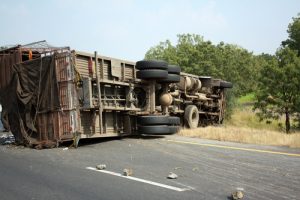 A provision that is included in pending legislation in the U.S. House of Representatives may result in fewer truck drivers in California taking needed rest breaks while they are working. The bill would apply to truck drivers who drive into California from other states while exempting them from California’s mandatory rest break requirements. If this bill passes, truck drivers may be more fatigued and cause more accidents in both California and in the rest of the U.S.
A provision that is included in pending legislation in the U.S. House of Representatives may result in fewer truck drivers in California taking needed rest breaks while they are working. The bill would apply to truck drivers who drive into California from other states while exempting them from California’s mandatory rest break requirements. If this bill passes, truck drivers may be more fatigued and cause more accidents in both California and in the rest of the U.S.
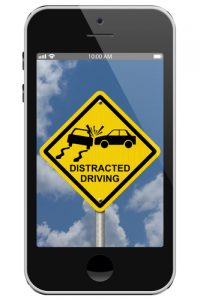 A tragic case in California in which a teenage girl live streamed the accident that claimed her sister’s life illustrates multiple risky teenage driving behaviors that are becoming increasingly prevalent. When minors engage in negligent and risky driving behavior, they endanger themselves, their passengers and the people who are traveling on the roadways around them. People who are seriously injured by the negligence of teenage drivers may benefit by consulting with an experienced Los Angeles personal injury attorney.
A tragic case in California in which a teenage girl live streamed the accident that claimed her sister’s life illustrates multiple risky teenage driving behaviors that are becoming increasingly prevalent. When minors engage in negligent and risky driving behavior, they endanger themselves, their passengers and the people who are traveling on the roadways around them. People who are seriously injured by the negligence of teenage drivers may benefit by consulting with an experienced Los Angeles personal injury attorney.
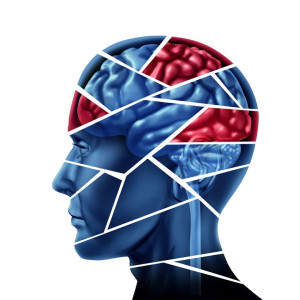 People who are injured in accidents and who are already are injured may be able to recover damages for the aggravation of their preexisting conditions or injuries. In M.C. v. Victor Matthews, Los Angeles Superior Court case number BC557692, the jury returned a substantial verdict to a child with a learning disability who suffered a traumatic brain injury in an automobile accident, illustrating how California courts treat cases in which a preexisting condition is worsened by injuries in accidents.
People who are injured in accidents and who are already are injured may be able to recover damages for the aggravation of their preexisting conditions or injuries. In M.C. v. Victor Matthews, Los Angeles Superior Court case number BC557692, the jury returned a substantial verdict to a child with a learning disability who suffered a traumatic brain injury in an automobile accident, illustrating how California courts treat cases in which a preexisting condition is worsened by injuries in accidents.
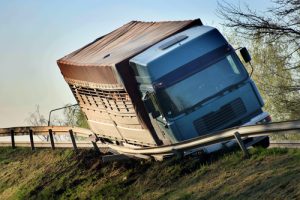 The trucking industry in the United states have grown immensely in the last few years. The nation moves over 70% of its freight tonnage via trucks. In 2015, the trucking business generated over $700 billion, surpassing industry standards. This opened a myriad of possibilities for truck-related business owners, logistics companies, and many employment opportunities for truck drivers. As of 2016, the demand for qualified, licensed drivers have resulted to more than 115,000 job vacancies for truck drivers.
The trucking industry in the United states have grown immensely in the last few years. The nation moves over 70% of its freight tonnage via trucks. In 2015, the trucking business generated over $700 billion, surpassing industry standards. This opened a myriad of possibilities for truck-related business owners, logistics companies, and many employment opportunities for truck drivers. As of 2016, the demand for qualified, licensed drivers have resulted to more than 115,000 job vacancies for truck drivers. Should Uber get sued if its driver is drunk and injures or kills someone after ignoring complaints about that driver being DUI? People routinely use Uber and similar ride-share services for transportation throughout Southern California and the state. Ride-share services in California are regulated by the state’s Public Utilities Commission, which requires them to conduct background checks of their drivers. Reportedly, Uber is facing a fine of $1.13 million for its alleged failure to investigate complaints of drunk Uber drivers and to suspend them.
Should Uber get sued if its driver is drunk and injures or kills someone after ignoring complaints about that driver being DUI? People routinely use Uber and similar ride-share services for transportation throughout Southern California and the state. Ride-share services in California are regulated by the state’s Public Utilities Commission, which requires them to conduct background checks of their drivers. Reportedly, Uber is facing a fine of $1.13 million for its alleged failure to investigate complaints of drunk Uber drivers and to suspend them.
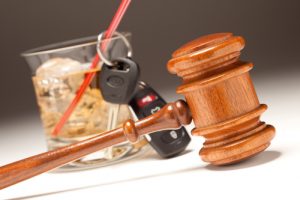 In some cases, employers in California may be liable when their employees are intoxicated and cause accidents. Plaintiffs may be able to sue the employers under a legal doctrine called vicarious liability. Employers may also be liable if they negligently retain or hire an employee who then injures others while drinking and driving. In a recent case in Los Angeles, the principles of negligent retention and vicarious liability were demonstrated.
In some cases, employers in California may be liable when their employees are intoxicated and cause accidents. Plaintiffs may be able to sue the employers under a legal doctrine called vicarious liability. Employers may also be liable if they negligently retain or hire an employee who then injures others while drinking and driving. In a recent case in Los Angeles, the principles of negligent retention and vicarious liability were demonstrated.